Samsung Galaxy Note 22 Ultra vs Apple iPhone 13 Pro Max: Battle of the giants
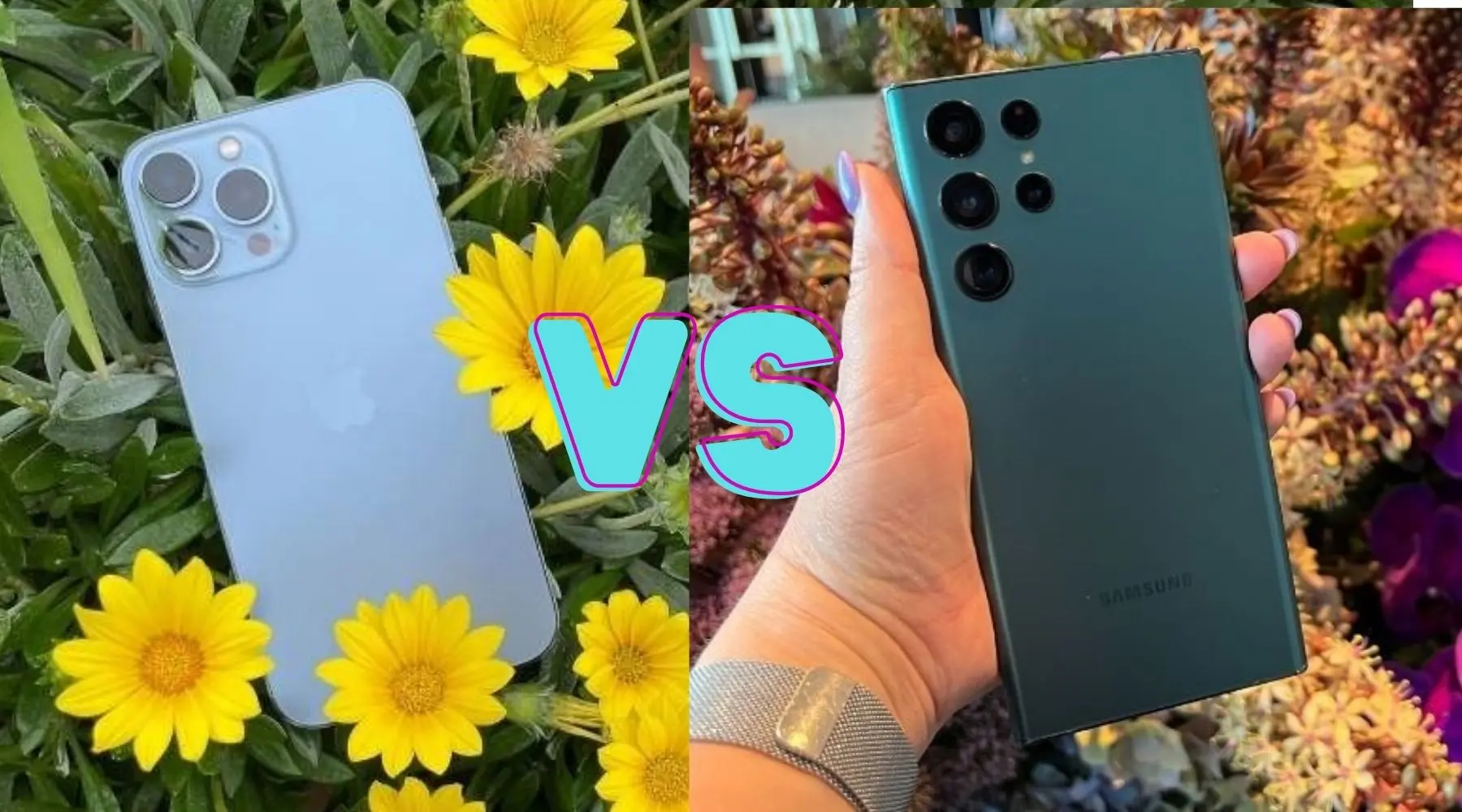
Flagship phones are the supercars of the mobile phone world; big prices, big promises and big speed numbers that honestly, most of us don't need. So they really are like supercars. Right now in the non-foldable space, the flagships jousting for supremacy are the Apple iPhone 13 Pro Max and the freshly-announced Samsung Galaxy S22 Ultra, which we've already had a hands-on look at.
But none of this is to say that we don't need premium flagship phones, because the features they bring flow down into the more affordable flagship and mid-level phones quite quickly. What you can buy in a mid-range phone in 2022 would have been beyond premium just a few short years ago.
If you want the best of the best, that would be the 1TB model of each. You won't end up with much money left in your bank account (or a serious dent on your credit cards), but which should you opt for if that's your desire?
Here's what to consider, and where the sweet spots and traps that the makers don't really want you to think about are.
To kick things off, here's how they compare at a raw specifications level:
| Device | Samsung Galaxy S22 Ultra | Apple iPhone 13 Pro Max |
|---|---|---|
| Display | 6.8-inch Curved 3088x1440 Dynamic AMOLED 2X Display 120Hz | 6.7 inch Flat 1284x2778 OLED 120Hz |
| Rear Cameras | 12MP Ultra-Wide/108MP Wide/Dual 10MP 3x Optical Telephoto | 12MP Ultra-Wide/12MP Wide/12MP 3x Optical Telephoto |
| Front Camera | 40MP | 12MP |
| Processor | Qualcomm Snapdragon 8 Gen 1 | Apple A15 Bionic |
| RAM | 12GB | 6GB |
| Storage | 1TB | 1TB |
| Battery | 5000mAh | 4352mAh |
| Biometrics | Ultrasonic Fingerprint | FaceID |
| Dimensions | 77.9x163.3x8.9mm | 160.8x78.1x7.7mm |
| Weight | 229g | 240g |
| Price | $2,449 | $2,719 |
But it's not just a numbers game – or at least, it shouldn't be when you're looking at spending quite that much money.
The design
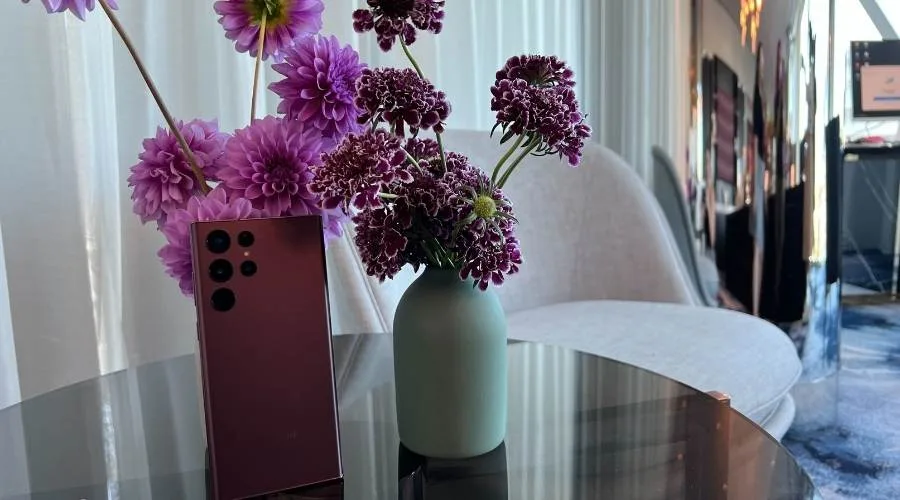
Obviously, there are some subjective factors at play here. You might not like curved screens, in which case the Note 22 Ultra won't appeal. Equally, you might hate the iPhone 13 Pro Max's FaceID notch a whole bunch. Both phones have displays with up to 120Hz refresh rates for silky smooth operation, as well as options to drop to just 60Hz if you want to preserve battery life. Both manage their 120Hz screens dynamically, so preferentially you shouldn't need to do that all that often.
Still, there are some design details that are worth considering in a strictly objective fashion. Samsung packs in more display in a device that's only marginally bigger and actually lighter than the iPhone 13 Pro Max. You're still going to feel either in your hand for sure, but that's where the curved display kicks in, making it slightly easier to hold without a case.
That being said, buy a case for your pricey flagship phone. You'll thank me when you drop it, which you will.
Apple hasn't changed up its design game in years in real terms, with 4 colour options available to Australians in Gold, Graphite, Silver and the rather swanky Sierra Blue. Okay, that's not a subjective measurement, I just like blue phones.
Samsung has changed the look of the Galaxy S22 Ultra relative to the S21 Ultra, but really only by dipping back into the design well of the older Note phones. In Australia, we have 7 colour options in total. At all retailers, you can grab Green, Phantom Black, Phantom White or Burgundy. No, I've no idea why Black and White are Phantom colours and the others aren't this year. Samsung itself is also selling "exclusive" colour options in Graphite, Sky Blue or Red.
Neither phone features a headphone socket, or for that matter headphones in the case, but the Galaxy S22 Ultra does have a socket for the S-Pen – which means in practical terms, it is the new Note phone. Apple does sell an Apple Pencil, but it doesn't work with the iPhone 13 Pro Max in any way at all. It would be way too large for the iPhone for a start.
Verdict: It's a taste matter by and large. Both phones look and feel the part of premium devices, even if the design styles are showing their age.
Samsung Galaxy Note 22 Ultra vs Apple iPhone 13 Pro Max: Cameras
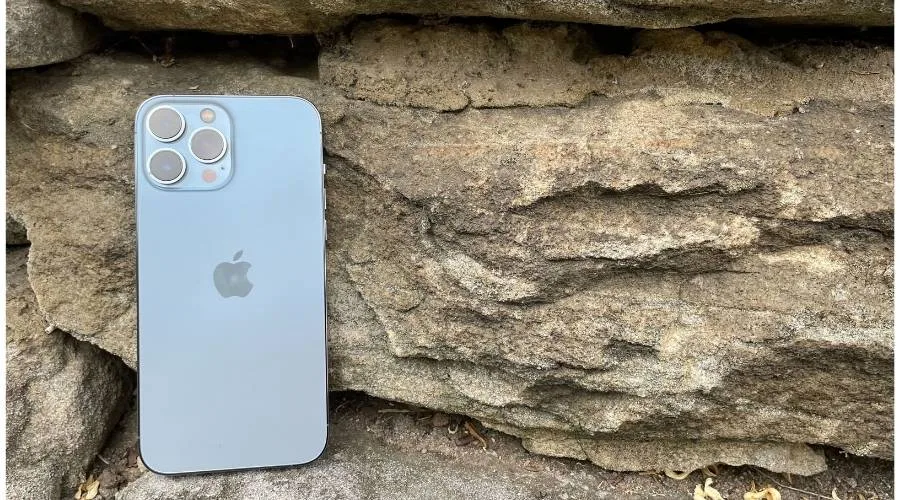
Again, the numbers would seem to suggest that Samsung has this in the bag. Just look at that 108MP sensor! By the numbers, it's got to be a whopping 9 times better than the puny iPhone 13 Pro Max, right?
In a word, no. Phone camera optics just don't work that way, and while the high megapixel count sensor on the Galaxy S22 Ultra does give it access to a number of fancy downsampling tricks and features (to bring in more light working in concert with the ultra-wide lens), the actual capabilities and qualities of a camera that wants to say that it's pro-grade go a lot further than just the megapixel count.
I've only had a brief hands-on with the Galaxy S22 Ultra so far, and nowhere near long enough to form a full opinion on its capabilities in real terms. An area where Samsung does outdo Apple pretty handily is rather obviously in zoom capabilities. Both feature 3x optical lenses, but the 108MP main wide lens allows for far greater hybrid zoom than the iPhone 13 Pro Max can manage. Push the iPhone 13 Pro Max to its maximum and you'll get 15x zoom. The Galaxy S22 Ultra can run to up to 100x, something that Samsung still ridiculously labels as "Space Zoom".
Even with a tripod, 100x zoom doesn't look very good, but you can pretty easily push the S22 Ultra past that 15x barrier with very good results – especially with a tripod.
However, it's still Samsung's crown to recover. The Galaxy S21 Ultra shares much of the same camera hardware, and while it was a very capable low light shooter, for example, so was the iPhone 13 Pro Max. Apple had struggled with less-than-stellar low light for a few years, but the 13 series phones came back roaring in this area. I'm going to need a clichéd dark and stormy night to really test this out to its full capabilities, mind you.
Verdict: iPhone 13 Pro Max wins for now, pending full testing.
Samsung Galaxy Note 22 Ultra vs Apple iPhone 13 Pro Max: Performance
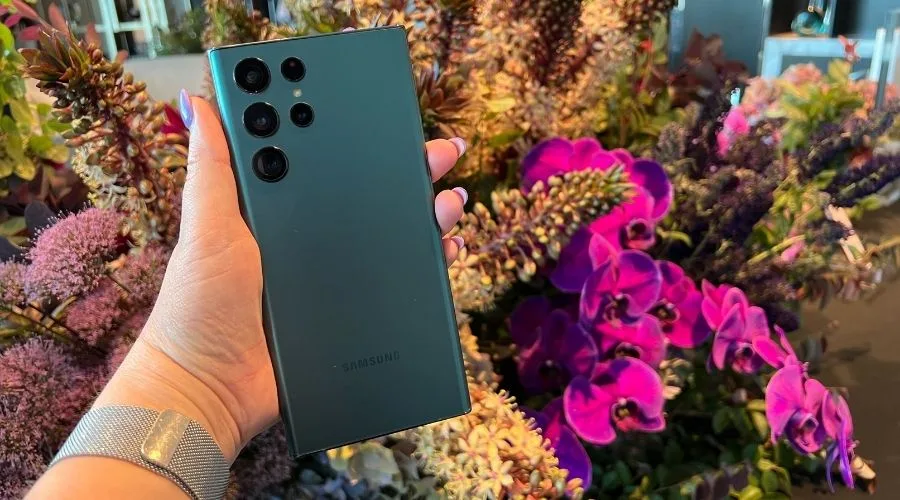
For years, when a new Galaxy S came along, we'd get the slightly less powerful Exynos variant here in Australia. Not so for the Galaxy Note 22 Ultra, which runs on a Qualcomm Snapdragon 8 Gen 1 with 12GB of onboard RAM. Apple counters that with its Apple A15 Bionic and 6GB of RAM.
Again, though, the numbers don't tell the full story. Apple's control over everything in an iPhone, from hardware to software, gives it huge processing power advantages. I've seen that time and time again when benchmarking, where even the older Apple 14 Bionic dusted the best Qualcomm could offer.
Which is great if you like benchmark measuring contests, but it's not quite so meaningful in real-world use. The practical reality here is that smartphone processors in the premium space have engines that are already seriously powerful enough for just about anything you're going to throw at them. I'm still waiting for that "killer app" that makes the most out of these phones really, because for most of us they're serious single-tasking computers that do most things very well indeed.
There are other performance factors to consider. Apple's ecosystem is quite tightly knit, which means an iPhone makes a lot of sense if you're a Mac user with deep integration of features like AirDrop for quick sharing between your iPhone and Mac.
Samsung's take on this is a little different. Windows PCs can already hook up to most Android phones, but then Samsung also has its specific DeX launcher to turn your Galaxy S22 Ultra into a fully fledged desktop machine… at least, in theory. Samsung's had DeX for a while now, and it hasn't set the world on fire, but it is a fully-fledged desktop system from a phone, something the iPhone 13 Pro Max just doesn't do. Apple does have Universal Control coming to macOS Monterey any day now, but that's just for talking between Macs and iPads – not Macs, iPads and iPhones.
Then there's the stylus factor. Samsung made S-Pen compatibility a reality on the Galaxy S21 Ultra last year, but you didn't get an S-Pen in the box, and you'd have to pony up for a separate case to hold it, or risk losing it. The Galaxy S22 Ultra comes with an S-Pen, and because it steals the classic Note design, it has a cavity to both hold and charge it at all times. A 6.8 inch screen probably isn't what you want to be drawing your precise architectural designs on, but for quick sketching it's quite adequate if that's a feature you need. You'd have to step up to an iPad to get that out of any Apple device, at least for now.
Verdict: A straight up draw. Both phones are very powerful, but you won't really see a "difference" across the same apps. Samsung may have a straight line productivity edge here if you only wanted to work from the 1 device, sans laptop or tablet.
Battery life
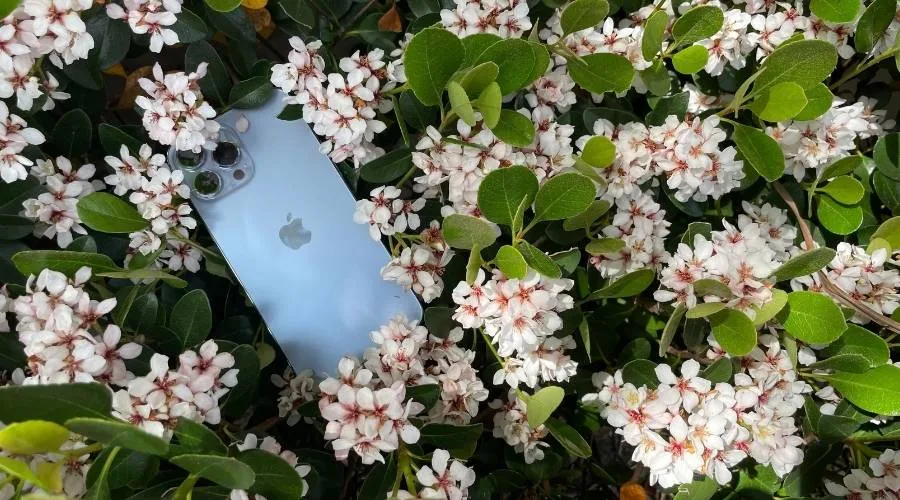
Again, on paper and by the raw power numbers, this is Samsung's win… but I suspect not.
With no chance to test out how the Galaxy S22 Ultra's battery holds up under real-world conditions, I can only go off what I do know about the Apple iPhone 13 Pro Max, and my experiences with prior Galaxy S phones. I've tested every single one to date and it's been a real rollercoaster ride. Some years, Samsung delivers best in class battery life, and many years it doesn't.
That's been the experience with many of Samsung's high refresh rate screens too. If I look at how the rather similar Galaxy S21 Ultra performed in Finder's battery tests, it scored 94% battery remaining after an hour of YouTube streaming. That's enough typically to mean it should last a day, but by way of comparison, the Apple iPhone 13 Pro Max managed 98% in the same test.
Neither phone features an in-box charger, although Samsung's charging rate for wired and wireless is a little higher than Apple's. You don't get the fancy MagSafe charging capabilities on the Galaxy S22 Ultra, but conversely the iPhone 13 Pro Max doesn't even know what reverse wireless charging is if you want to top up your mate's phone.
Verdict: Samsung has its work cut out for it. I have high hopes, but Apple probably wins this. Stay tuned.
Samsung Galaxy Note 22 Ultra vs Apple iPhone 13 Pro Max: Price
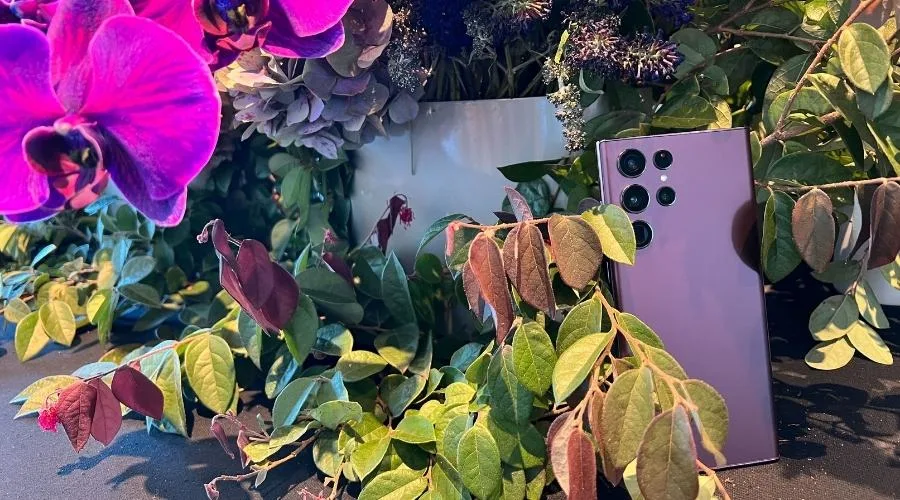
The prices as listed above are for the premium 1TB variant, and that's not just because they're the most expensive standard phones you can buy right now.
It's also because if you go looking for them through your telco, you simply won't find them at all. You can check out the full range of plans and prices for the Galaxy S22 Ultra through telcos here and for the iPhone 13 range here, but what you won't find through any of them are the top tier storage options.
Telcos won't say on the record why this is so, but you don't have to peer too far into the crystal ball to suggest why this might be. Fewer consumers are going to opt for those priciest of pricey phones, and they don't want to get stuck with stock that costs them more and makes plans look more expensive if they don't have to.
As such, if you do want 1TB of storage, bearing in mind that neither offers microSD card expansion, you're going to have to stump up the cash upfront.
This is easy to compare, because one of them is $270 cheaper than the other. You could very nearly buy a Samsung Galaxy A12 phone for that price difference.
Verdict: Samsung, because it's simply cheaper.
Samsung Galaxy Note 22 Ultra vs Apple iPhone 13 Pro Max: Verdict
Look, I know there's the Apple and Samsung faithful out there that would never switch brands, and that's just fine. Big tech companies love your loyalty (and your money), and you're free to make your own choices.
If you are on the fence about this kind of switch, then at least for now, it's Apple's game to play. Its battery life for its biggest phones has outpaced Samsung in recent years, and a flat phone is just an expensive, rose gold brick. The cameras on the iPhone 13 Pro Max are seriously impressive, while those on the Galaxy Note 22 Ultra have basically tweaked around what the S21 Ultra did.
That's not a bad camera recipe for sure, but Samsung has its work cut out making inroads into the photography space in this regard. I'm super-hopeful that it can do so, if only because competition is better for everyone – even if you do resolutely sit on one side of the smartphone fence or the other.
Images: Tegan Jones